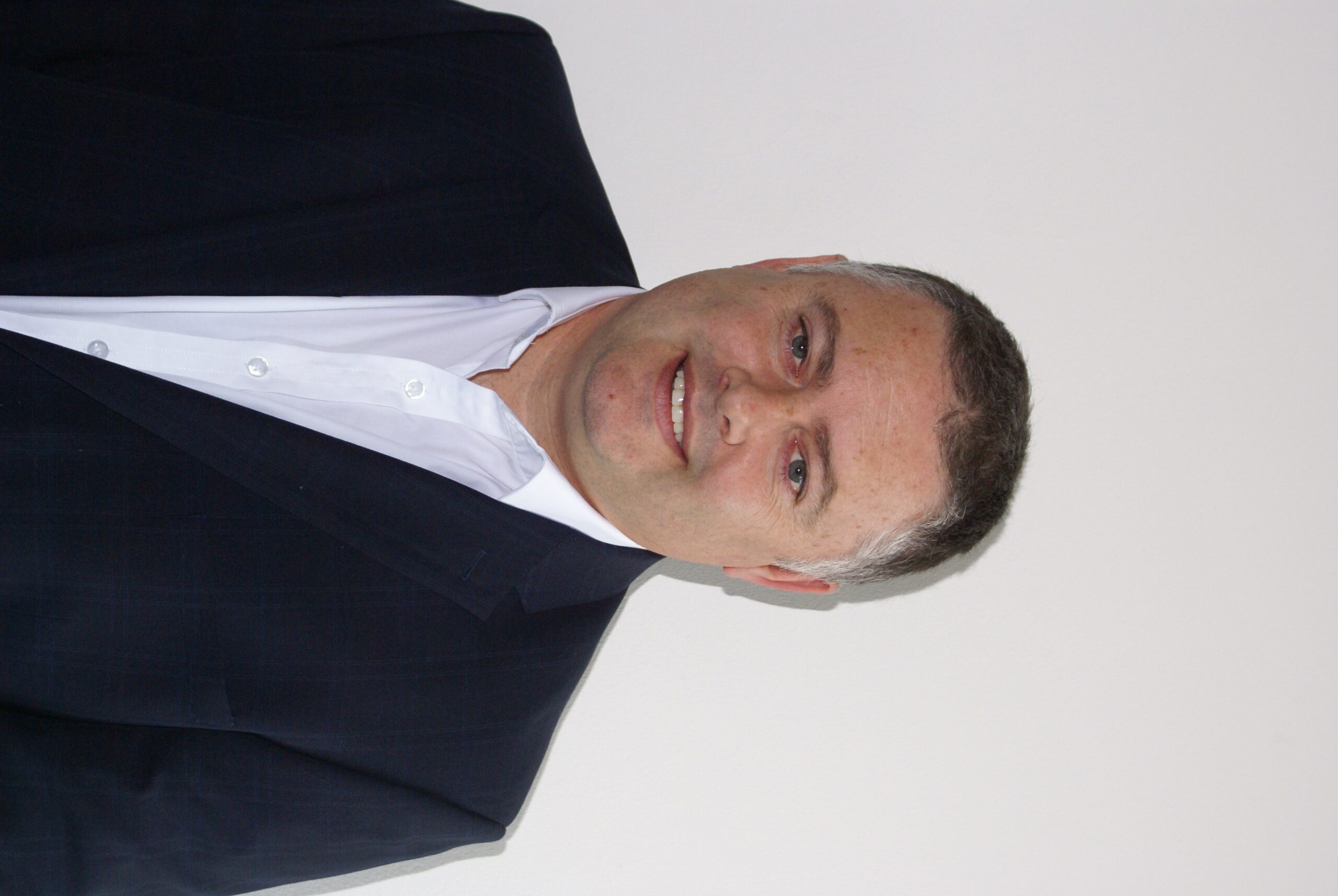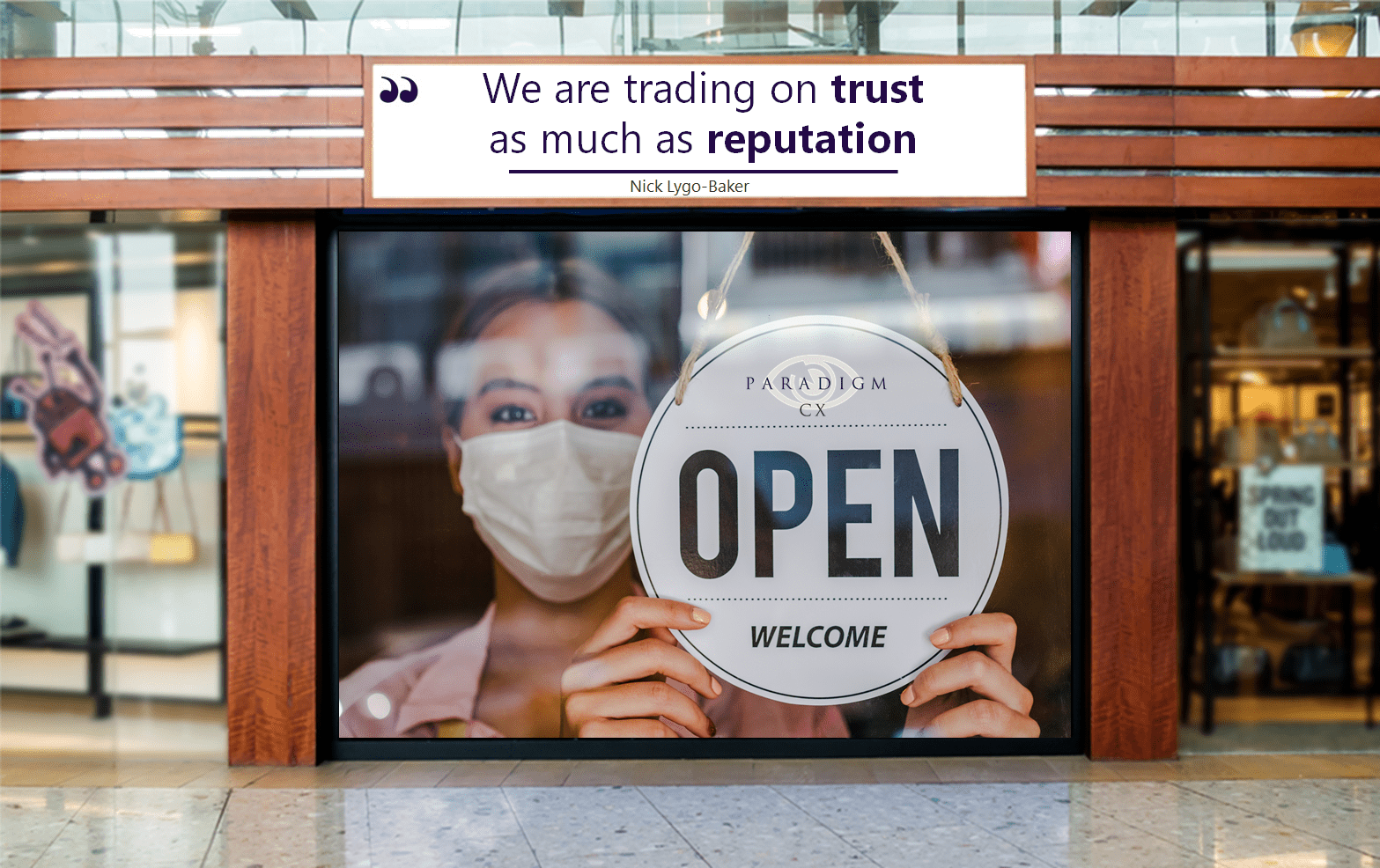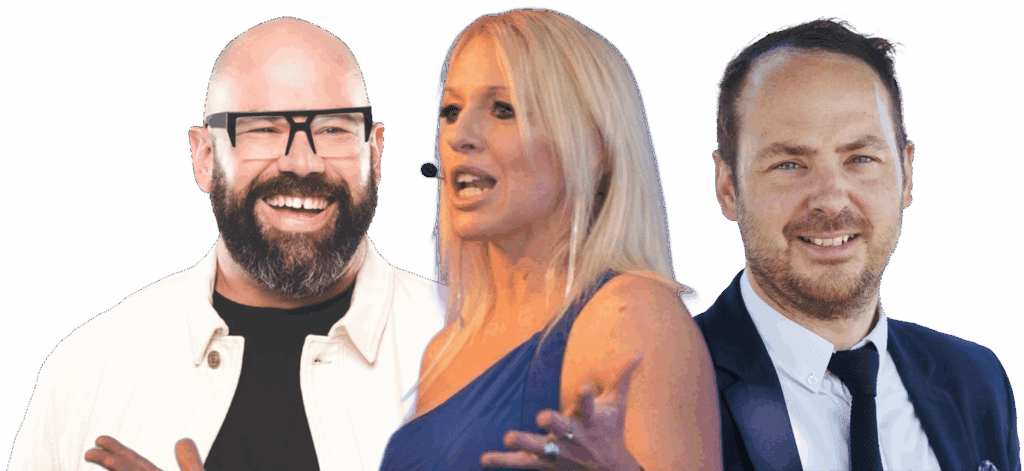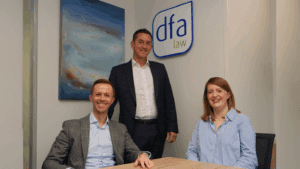When a customer leaves your venue or restaurant – what has their experience been, are they likely to come back? And, more importantly, what are you doing to find out? Customer experience specialist Nick Lygo-Baker founded Paradigm CX Ltd. in Milton Keynes to provide the expertise clients need to find out how to measure and operationalise insights that continually improve their engagement with customers. Here, Nick explains more about the science behind Customer Experience Management.
What does Paradigm CX Ltd. do?
My background is with global, well-known brands and I knew that there was an opportunity to take those customer experience management solutions to growing SMEs. Although the same theory applies across all brands, my specialism is retail, leisure and hospitality. I can help small businesses define their customer journey, but I can add more value to growing businesses, where the founder is reaching the stage where they have become established and now need to step back and work on the business rather than in it, and start to look at their relationships with the customer.
What is customer experience, or CX?
My definition is ‘Customer experience (CX) is a dynamic combination of conscious and subconscious emotions, resulting in the perception a person has about an organisation or brand. That includes the influences that an organisation, its people and its technology have on every touchpoint that a person experiences, and how that triggers memories over time’.
Touchpoints could be through billboards, radio advertising, word of mouth, the experience a customer has when they are at your restaurant or venue, or when they deal with your company.
Why do we need it?
Customers are smarter now, thanks to mobile phones and the internet. This also means that someone’s bad experience can be many more people’s first impression. But this can be managed, and customer experience is fast becoming the competitive differentiator between businesses when it comes to customer choice.
Every touchpoint a person has with your brand or staff has the potential to set or trigger a positive memory. By identifying and managing those touchpoints that impact the customer the most, you can influence a customer’s propensity to buy, the frequency and the amount they are willing to spend with you. Building a connection which, if then delivered consistently well, cements the relationship, building long-term loyalty.

So where do you start with a customer experience project?
You start by understanding who your customer is; identifying their needs and how the business meets them. Some organisations already collect customer feedback or, in a hospitality setting ‘guest’ experience, that gives you insights into what they think about the experience you provide. But this needs to be done smartly! People receive information in so many ways now that you can’t possibly address every touchpoint a customer might have with you. You need to identify where the focus of your effort should be to get the maximum return on your CX programme, and that’s where we can help.
Then you have staff surveys that are carefully drawn up to glean as much information as possible about the way employees feel about the company and their role in delivering the customer experience. By using the information collected, you can start to engage your teams in what the business is trying to achieve and how they can support the right behaviours to meet the best customer outcomes. For example, mystery shopping can measure the effectiveness of training on the consistency of service delivery.
Consistency is everything – it’s no good having a marketing campaign that promises one thing, but then delivering something that doesn’t live up to that promise. Throughout the organisation, everyone should be on message and deliver brand values at every touchpoint.
What if a client already has some of these strategies in place?
All the better, but it’s always worth evaluating what’s in place, how it’s working and what else can be done to improve the insights gathered. For instance, it’s no good having customer surveys or comment cards if you don’t take the information and look at what can be done to improve customer experience. Feeding any changes down through staff training so that your employees also understand what needs to be done. We’ve all been in restaurants where a waiter comes along and asks if everything is all right with your meal and is virtually walking away before you’ve answered. In hospitality in particular, customers want to feel they are valued and important and you need to identify how you can do that. Just as importantly, closing the loop so that customers can see their feedback has directly impacted how the business responds is another opportunity to build on the relationship.
The pandemic has had a profound effect on hospitality. Where does the customer experience fit into the current climate?
Now that customers are returning to pubs, restaurants and leisure venues it’s vitally important to listen and then get the communication right. There are rules everyone must adhere to, and your business should be clear and helpful in the way it puts the message across. People may have to wait longer to be seated, or sit in certain areas, that’s fine as long as the directions are clear and delivered well and people feel safe and comfortable. We are trading on trust as much as reputation.
And it’s going to be a two-way thing. Staff will also be anxious about the new rules. Masks are, literally, a barrier and everyone has to be a little more tolerant and thoughtful. So, that might mean giving the customer more space, or asking them to be patient if staff have to repeat themselves because their words are muffled by a mask; whatever it is, the customer experience will be slightly different but with the right approach you’ll still get a positive outcome.
What if a business still isn’t sure how to you can help them?
I understand customer experience can be complicated and overwhelming. There are small steps that can be taken to start or improve customer experience.
Every business is different, so I offer a free, no-obligation half-hour session where we can discuss their customer strategy and see where we can help.
If it turns out that they get enough from that discussion to make some changes and they don’t need anything further, then that’s fine. For those that can see further benefits, then we can discuss in detail how Paradigm CX Ltd. can help.
Contact Paradigm CX Ltd. on 07400 660005, email nick@paradigmcx.com or visit the website.

Founder/CXO
Paradigm CX Ltd.














